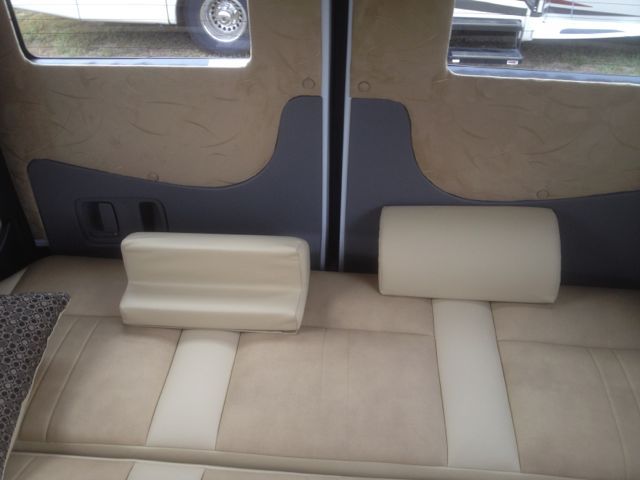mlts22 wrote:
I do know Advanced RV uses reflective insulation which does add some R-factor. However, in general, at most, it might be a few inches, just because there isn't that much room in a van. Even with insulation, the single-pane windows on the windshield and driver/passenger doors are an issue. The windshield can be helped by a cover on the outside and inside, but the cab doors are difficult to insulate. The back doors are also an issue, not just with windows, but with warm air getting out.
I have wondered about aerogel insulation types, like Thermablok. Of course, these would be more expensive, but for a "B", more bang for the buck is required.
As for heaters, I wish the furnace makers here in the US would take a clue from Espar or Truma, and go gas/electric. Bigger rigs like "A"s have Cheap Heat as an option. This way, regardless of energy consumed, it would help things. On really cold days, both could be used in tandem.
mlts22,
You are partially right. Advanced RV uses a thin cellular synthetic rubber like material with a foil covering 100% over the entire van floor, walls, ceiling and cab area. It has claimed insulation properties at about 1/8" thick but its main purpose is for sound dampening. The principle insulation is a blue denim processed matting treated with borate fire proofing the full thickness of the wall and ceiling ribs. It is also stuffed into all the nooks and crannies. Then a vapor retarder is applied and wall board with finish covering. I don't recall any bare metal inside the van after all finishes are installed.
Advanced RV uses a diesel powered Espar glycol heat exchanger to provide heat. When the van is plugged into shore power an electric element takes the place of diesel fuel.
Spray insulation may have problems. There are some on the market that are not closed cell and to me nothing more than cotton candy that eventually breaks down. They are not as good as structured insulations like fiber glass and the blue denim that can recover from moisture intrusion. Better insulation would be your closed cell polyurethanes that can be sprayed. Their problem is when you spray they expand with the closed cell gasses and can distort the exterior metal skin of the van. This can be especially true in the rib areas where the expansion meets resistance. A skilled applier might know how to overcome that problem. However, and I cannot find any information on this, if the cell integrity traps the air then changing altitude I think could cause after installation and expansion. Think about that bag of Doritos you took up in the mountains. A static building would not have that problem thus not an issue.
